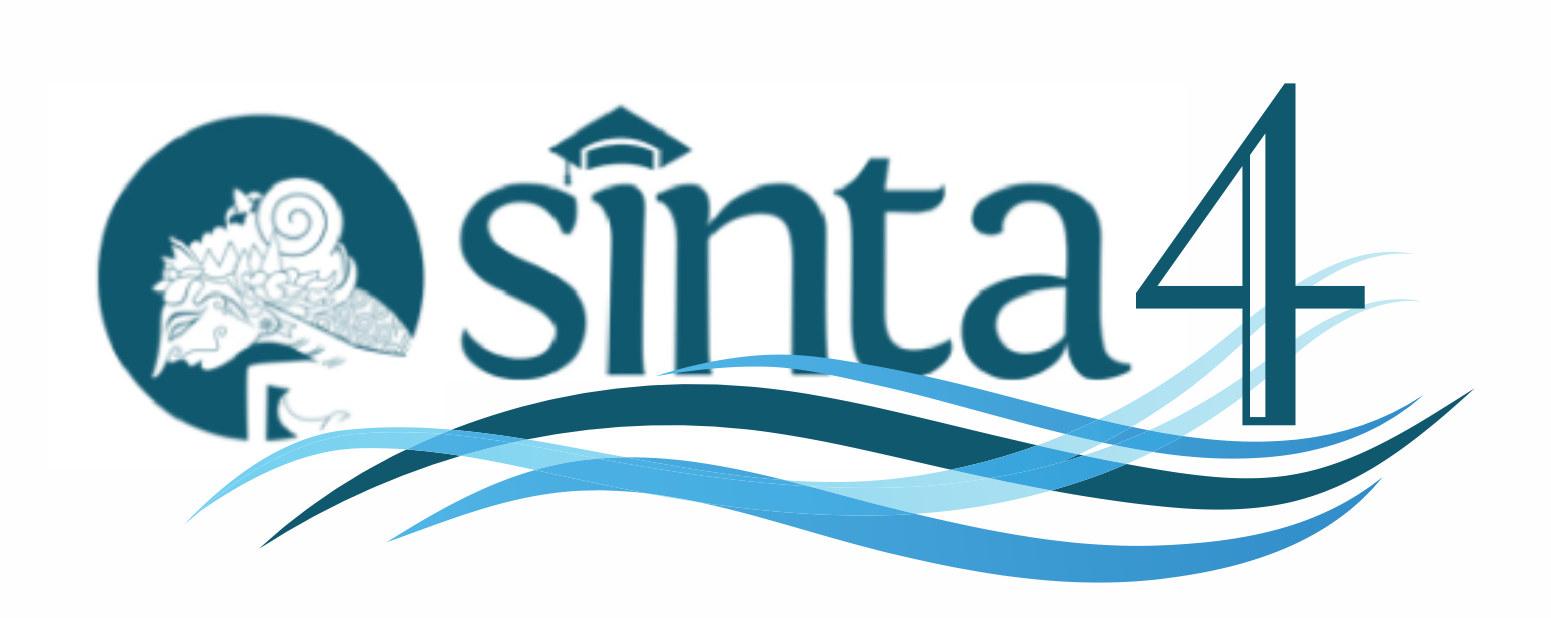COMPUTER-ASSISTED LANGUAGE LEARNING IN THE FOREIGN LANGUAGE CLASSROOMS
Abstract
Full Text:
PDFReferences
Brown, I. (1999). Internet Treasure Hunts - A Treasure of an Activity for Students Learning English. http://iteslj.org/-Lessons/BrownTreasureHunts.html. Accessed on April 9, 2010.
Chen, F.J. (1996). CALL is not a Hammer and not Every Teaching Problem is a Nail! The Internet TESL Journal, 2(7).
Lee, K. (2000). Energizing the ESL/EFL Classroom through Internet Activities. The Internet TESL Journal, 6(4).
Lee, K. (2000). English Teachers’ Barriers to the Use of Computer-assisted Language Learning. The Internet TESL Journal, 6(12).
Li, R.C. and Hart, R.S. (2002). What can the World Wide Web Offer ESL Teachers? In Richards and Renandya (eds.). Methodology in Language Teaching. New York, USA: Cambridge University Press. Pp.374 – 383.
Singhal, M. (1997). The Internet and Foreign Language Education: Benefits and Challenges, The Internet TESL Journal, 3(6).
Warschauer, M. (1996). Motivational aspects of using computers for writing and communication. In M. Warschauer (Eds.). Telecollaboration in Foreign Language Learning: Proceedings of the Hawai’i Symposium. Honolulu, HI: University of Hawai’i, Second Language Teaching and Curriculum Center.
Warschauer, M. and Whittaker, P.F. (2002). The Internet for English Teaching: Guidelines for Teachers. In Richards and Renandya (eds.). Methodology in Language Teaching. New York, USA: Cambridge University Press. Pp.368 – 373.
DOI: http://dx.doi.org/10.20527/jvk.v28i1.989
Article Metrics
Abstract view : 233 timesPDF - 116 times
Refbacks
- There are currently no refbacks.
Copyright (c) 2016 Jurnal Vidya Karya
Indexed By

Vidya Karya is licensed under a Creative Commons Attribution-ShareAlike 4.0 International License.







.png)
.jpg)

